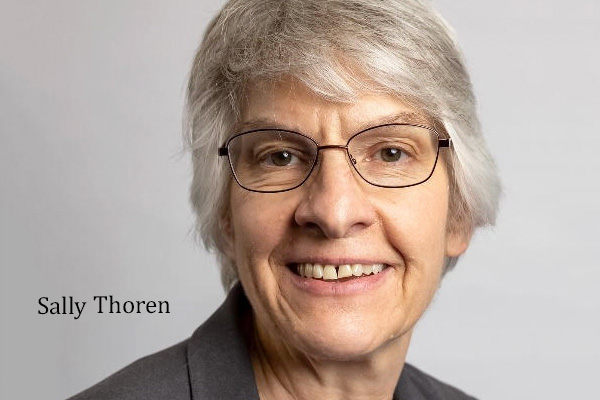Trying to stop the madness –
Oct. 29, 2020 – Since receiving a Comprehensive Addiction and Recovery Act (CARA) state targeted response grant in 2017, the Chicago-based Gateway Foundation has worked with substance use disorder patients in emergency settings and facilitated their enrollment into treatment programs. The program has found success by implementing quick screening practices and partnering with provider organizations that meet patients’ diverse needs.
At the upcoming virtual Cocaine, Meth & Stimulant Summit, Gateway Foundation executive director Sally Thoren will discuss the foundation’s work, specifically around moving patients from hospital settings to addiction treatment and the effectiveness of the Screening, Brief Intervention, and Referral to Treatment (SBIRT) model.
Ahead of the Stimulant Summit, she spoke with Addiction Professional about engaging patients at the time they are most receptive to seeking treatment, what Gateway Foundation looks for in partner providers, and why there are additional challenges associated with stimulant use disorder patients vs. those with other substance use disorders.
Editor’s note: This interview has been edited for length and clarity.
What was the thought process behind the development of your organization’s strategy for helping patients in crisis, including the implementation of an SBIRT model?
Engaging people in that crisis moment makes perfect sense. It’s logical when we think about the nature of the disease of substance use disorder. The insidious nature of the illness includes strong denial and perhaps a mistaken belief that “I can control it” or “I can stop at any time.” And also, we know the symptoms that come with withdrawal are really intense. So, if we can intervene when someone feels vulnerable or recognizes that they are in a serious place in the disease progression, we feel like we have a good opportunity to persuade someone to get to care … Also, if they’re in a hospital and they don’t have access to the substances that are going to resolve those feelings of withdrawal, that’s a good window. It’s a small window, but it’s an opportunity to strike when they’re open to hearing about another path.



